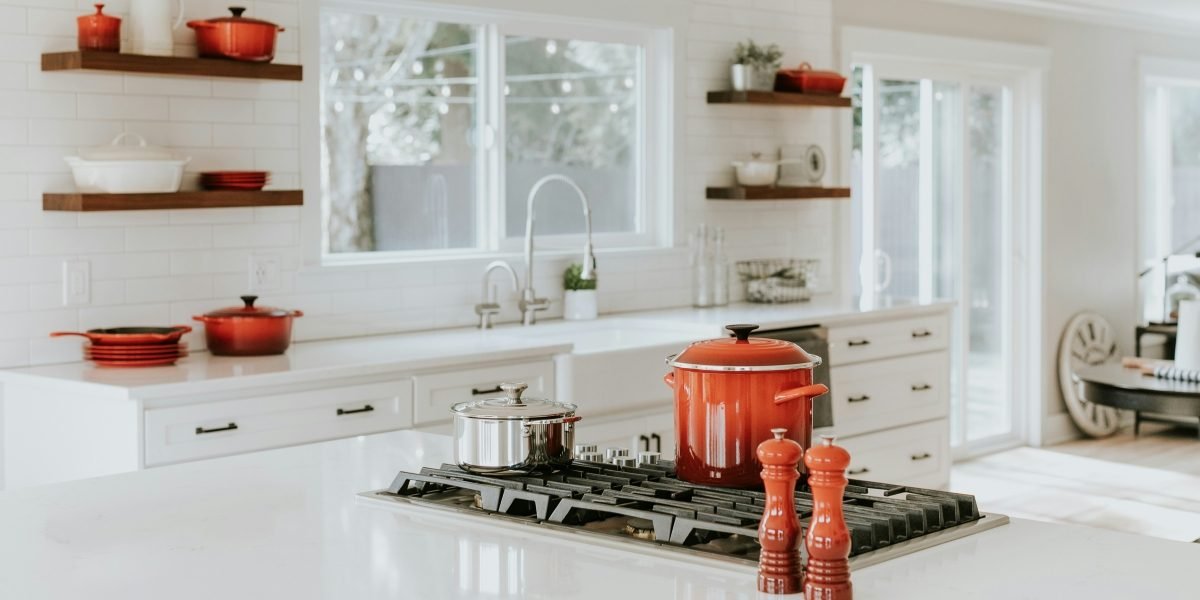Outfitting your kitchen with quality tools can make cooking more enjoyable. However, choosing the right tools is just the beginning. Taking proper care of them is essential to ensure they remain functional and last for years. In this guide, we’ll explore critical kitchen tools and share tips for maintaining them, helping you create a well-equipped kitchen that supports your daily cooking needs. Let’s look at how to keep your tools in excellent condition.
Choosing and Caring for Knives: The Core of Every Kitchen
A good set of knives is the foundation of any functional kitchen. The essential trio is a chef’s knife, paring knife, and serrated blade. High-quality knives, especially those forged from stainless steel or carbon steel, provide precise cuts and reduce strain during preparation. However, their longevity largely depends on proper care.
Handwashing is crucial—dishwashers may dull blades and damage the handles over time. After cleaning, thoroughly dry your knives to prevent rust or water spots. Sharpening is another key aspect; dull knives are inefficient and dangerous. Invest in a whetstone or honing rod, and aim to sharpen your knives regularly, depending on use. For storage, knife blocks or magnetic strips are ideal as they protect the blade’s edge and minimize accidental damage.
By adopting these care habits, your knives can stay in great condition, making tasks like chopping and garnishing more manageable.
Cookware: From Nonstick Pans to Cast Iron Skillets
The choice of cookware significantly influences your cooking experience. Nonstick pans, cast iron skillets, and stainless steel pots are versatile staples for any kitchen. Each type has unique maintenance requirements to maintain its effectiveness.
Nonstick pans, for instance, demand gentle handling. Use silicone or wooden utensils to avoid scratching the coating, and wash them with mild soap and a soft sponge. Overheating these pans can damage their surface, so cook on low to medium heat. On the other hand, cast iron skillets require seasoning to maintain their natural nonstick surface. Apply a thin layer of oil to the skillet after cleaning and heat it gently to create a protective coating.
Stainless steel pots and pans are prized for their durability and even heat distribution. However, they can develop stains or discoloration over time. Using a mixture of baking soda and water can help restore their shine. Whether it’s seasoning cast iron pans or cleaning a wok to preserve its nonstick surface, proper care may extend the life of your kitchen essentials. With consistent maintenance, these tools will continue to deliver excellent results in your culinary endeavors.
Small Appliances: Maximizing Utility and Longevity
Small appliances like blenders, stand mixers, and food processors are often the unsung heroes of the kitchen. They simplify complex tasks, saving time and effort. However, their efficiency depends on how well they’re maintained.
For blenders, cleaning the jar and blades immediately after use prevents residue buildup. Detachable parts can often be hand-washed or placed in the dishwasher, but the motor base should only be wiped with a damp cloth. Stand mixers require periodic lubrication to keep their gears running smoothly; consult the manufacturer’s instructions for specific maintenance schedules.
Food processors need special care during cleaning with their sharp blades and multiple components. Avoid submerging the motorized base in water and thoroughly drying the blades to prevent rust. Storing small appliances in dry, easily accessible spaces protects them from moisture and accidental damage.
Proper care keeps these appliances in top condition, enhancing their safety and performance. With routine upkeep, your small appliances will continue to streamline meal preparation, allowing you to focus on perfecting your recipes.
Taking care of your kitchen tools is about more than keeping them functional—it’s about fostering a workspace that inspires creativity and excellence. By understanding the unique needs of each tool and implementing these maintenance practices, you’ll ensure your kitchen remains a place of efficiency and joy for years to come.
Published by Stephanie M.









